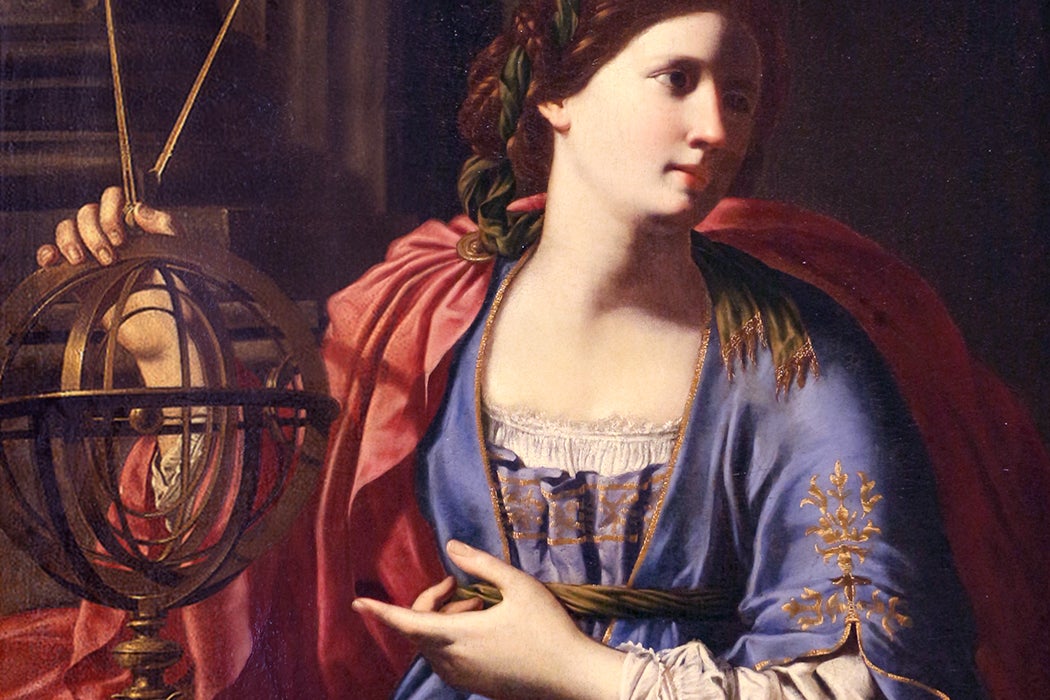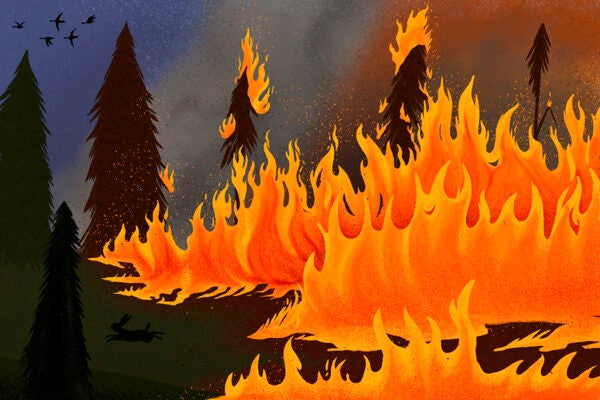You know how the story goes. Gender discrimination is baked into science, and women were barred from the discipline until they finally clawed their way in. But what if that story isn’t true? Reneé L. Bergland tells a different tale—one that suggests an even sadder trajectory for women in the sciences.
Women were once welcome in science, claims Bergland. Until they weren’t. She traces the history of a brutal backlash that began after the American Civil War. Before that point, and contrary to popular belief, women were actually embraced during an admittedly brief window of opportunity.
Those women lucky enough to gain an education between 1500 and 1800 often found a home in science or math. In fact, science was seen as a more appropriate discipline for women than, say, the classics. But between the 1850s and 1870s, this changed.
Why? “Early in the nineteenth century, the word ‘scientist’ did not have masculine associations,” Bergland writes. And you might be surprised to learn that the very term “scientist” was coined in 1834…to describe a woman. The setting of the laboratory was thought to be an appropriate place for a woman—a non-threatening extension of the home that did not threaten men politically or expose women to the dangers of public life.
But when science began to professionalize, women were seen as presenting a threat. Professionals, by default, could not be women, and as colleges began to offer degrees, doors closed. And as the practice of science moved further into dangerous hypotheticals, it began to seem like a dangerous arena for the fairer sex.
“If the prehistory of science included women,” writes Bergland, “its institutionalization actively excluded them, not merely by refusing them admittance but, more forcefully, by expelling them, ipso facto, from the newly defined discipline.” If women could not be professional and science was now professional, the logic went, women could not practice science.
Bergland uses Emily Dickinson as an example. As a student at Mount Holyoke, she studied astronomy. But as astronomy became the province of boys, Dickinson began to think of herself as a kind of hermaphrodite—and wrote several poems about her past as a “boy.”
Once a Week
Urania, the muse of astronomy, underwent a similar transformation during the nineteenth century. In the early part of the century, she was used to describe a woman scientist; by the end she was used to describe intersexuality—the soul of a man trapped in a woman’s body.
Eventually, women did reclaim their role in science. But Bergland’s work suggests it’s worth reclaiming something else, too: the memory of a richer scientific past than some might think. The story could be heartbreaking, admits Bergland, but at the same time, it suggests “a time, not so long ago, when women scientists were not at all threatening, not monstrous, pathologized, or deviant.”







